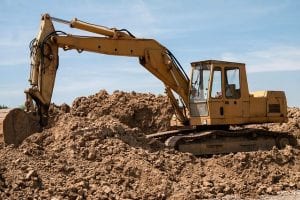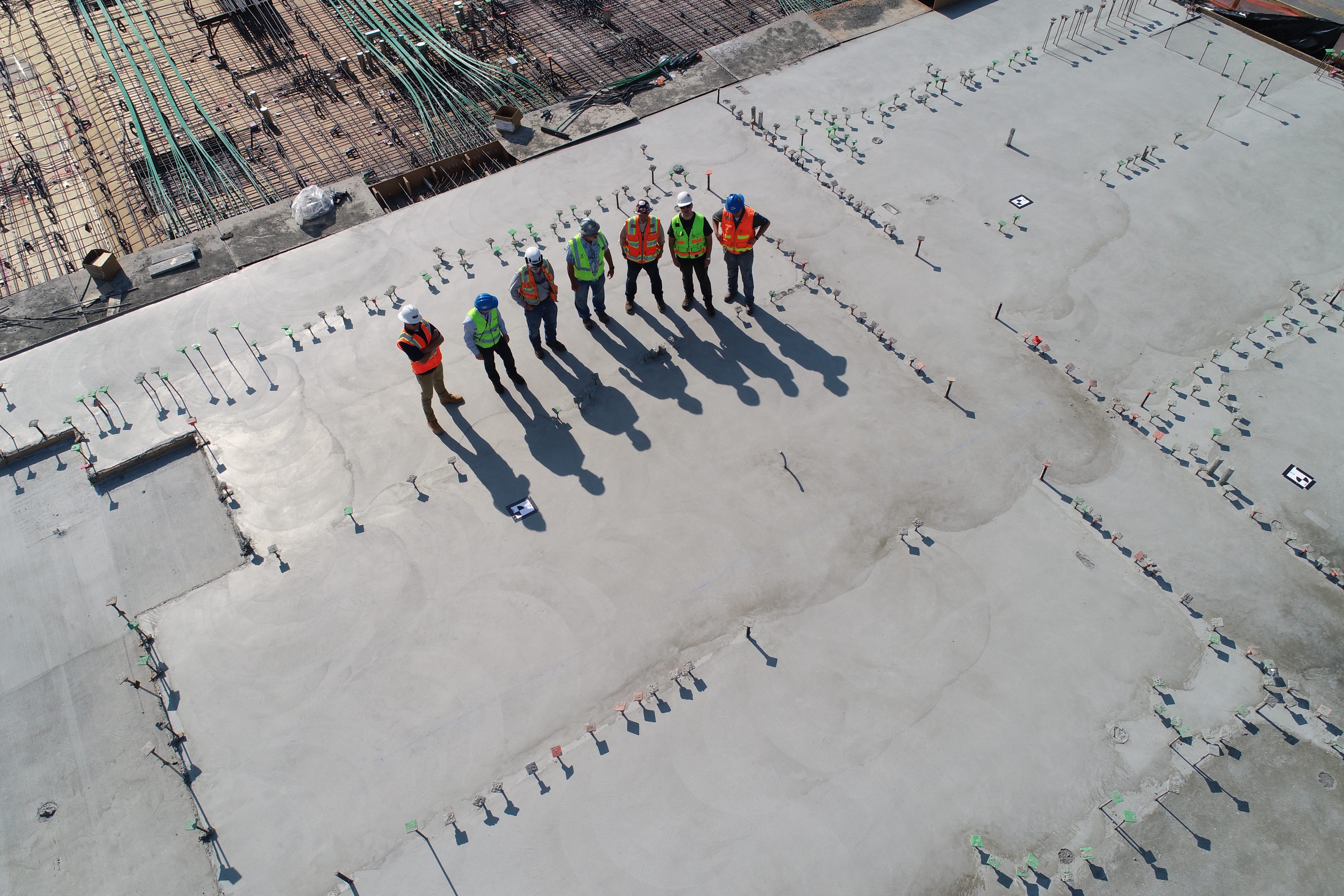A reputable construction attorney can consult with you on a wide variety of issues or closely examine contracts and other legal agreements and documents. Doing so ensures that you will be well-prepared if any problems should arise.
New construction and renovation projects have a lot of moving parts, and even though you may take appropriate safety precautions, the unfortunate reality is that accidents do happen. Construction projects carry significant risk, which is why it’s important to have the proper legal measures and resources in place prior to the start of any project.
A construction law attorney can provide legal advice and counseling on related issues and is right there to offer legal counsel if you want to file, or are facing, a claim. Read on to learn:
- Why having legal coverage is so important
- Common risks associated with construction projects
- Construction project safety tips
Risks Associated with Construction & Renovation Projects
First, it’s important to identify the potential risks and hazards of a project. Though some carry more risk than others, any type and size of construction or renovation venture can be dangerous. ConstructConnect lists the following common risks:
- Safety hazards that lead to accidents and injuries
- Unknown site conditions
- Natural disasters
- Damage or theft of equipment and tools
- Inadequate project management
- Unclear contracts
Also, at any given point, there could be a lot of people at the construction site, including multiple subcontractors such as electricians, plumbers, or a demolition contractor. It’s important to make sure everyone who is on site is aware of any potential hazards and obeys all correct protocols and safety measures.
Unfortunately, accidents do happen; in extreme cases, even fatalities. According to the Occupational Safety and Health Administration (OSHA), “the leading causes of private worker deaths (excluding highway collisions) in the construction industry” are the following (also known as “The Fatal Four”):
- Falls — 33.5%
- Being struck by an object — 11.1%
- Electrocutions — 8.5%
- Being caught-in/between — 5.5% (which refers to accidents with equipment and collapsing structures or material)
Additionally, the top 10 OSHA violations of fiscal year 2019 included fall protection, hazard communication, scaffolding, lockout/tagout, respiratory protection, ladders, powered industrial trucks, fall protection, machine guarding, and eye and face protection.
8 Tips for Workplace Safety
Construction accidents may not be completely unavoidable, but here are some steps you can take to enhance safety measures and lessen the risks:
- Pay close attention to physical conditions.
It might seem obvious, but be observant and inspect your surroundings. Here are some questions to consider, according OSHA:
- Are there slippery conditions due to rain, ice, grease, or a spill?
- Do you see any obstructions, holes, or bumps in the ground or floor?
- Does the floor have holes or look defective? Are there any protruding nails or boards?
- How high is the ceiling? Can you travel with an elevated load?
- Practice proper equipment handling and maintenance.
There can be a lot of heavy equipment on a construction site, including forklifts and cranes, so make sure employees are properly trained and have the right certifications (if necessary). You should also thoroughly inspect equipment prior to use to ensure maximum safety.
- Be aware of pedestrian traffic.
Employees aren’t the only ones who can be injured on a construction site. Bystanders also pose a risk and can be harmed by construction vehicles, heavy equipment, or building materials.
- Don’t forget about confined spaces.
Manholes, crawl spaces, and tanks are also potentially hazardous spaces. “People working in confined spaces face life-threatening hazards including toxic substances, electrocutions, explosions, and asphyxiation,” according to OSHA. Also, be mindful that places with insufficient ventilation could cause a potentially hazardous buildup of carbon monoxide or exhaust.
- Secure elevated areas.
Ladders and scaffolding are common pieces of equipment, and contractors should be vigilant about securing these elevated areas by implementing proper barriers above ground level and using fall retention systems such as harnesses.
- Manage the elements.
The winter months can prove hazardous and challenging for some aspects of construction, but that doesn’t mean projects need to wait for warmer weather. Finish the job on time by managing the elements and performing the following work safely during the winter months:
- Plumbing
- HVAC
- Insulation
- Electrical
- Drywall and exterior finishes
- Interior trim and other fixtures
- Rethink safer construction methods.
Is there anything you can build or construct off-site? For example, cold-formed steel panelization often takes place under a roof, which is why it’s typically one of the safest places to work. The panels can be assembled a few feet off the ground instead of at varying heights often found on a construction site. This kind of construction method is also helpful during the winter months when you don’t want to halt a project due to inclement weather.
- Perform a load test.
If you are involved in a multi-story project that requires installing elevators, be aware that this process will necessarily require a load test. During the test, elevators are loaded to capacity with test weights to ensure that all safety systems are working properly.
Don’t Forget About Vehicle Safety

There are many different kinds of construction vehicles, including dump trucks, cranes, backhoes, compactors, excavators, and more, so it’s important to think about every aspect of vehicle safety. In addition to everyday guidance such as wearing your seatbelt and obeying the speed limit, here are some other questions you should be asking when it comes to safely operating vehicles and heavy equipment:
- Does every vehicle operator have a valid driver’s license that is suitable for the piece of equipment they will be operating?
- Are operating and maintenance manuals easily accessible in the cab?
- Is the windshield free of cracks?
- Is the vehicle or piece of equipment equipped with backup alarms?
- Are there any visibility restrictions?
- What is the vehicle’s capacity?
- What are the refueling requirements/specifications?
- Are there any specific inspection and maintenance tasks that must be performed?
The Importance of Having Proper Legal Coverage
It’s important for construction companies to make sure they have proper construction insurance, which can include various forms of coverage, claims management, risk management, and liability.
Additionally, companies that bring workers to a job site are required by law to carry workers’ compensation insurance, which Investopedia defines as “a publicly sponsored system that pays monetary benefits to workers who become injured or disabled in the course of their employment. Workers’ compensation is a type of insurance that offers employees compensation for injuries or disabilities sustained as a result of their employment.”
You may not think legal counsel is necessary unless there’s an accident or a major issue, but it’s important to be proactive rather than reactive. A reputable construction attorney can consult with you on a wide variety of issues or closely examine contracts and other legal agreements and documents. Doing so ensures that you will be well-prepared if any problems should arise.
Construction law claims and cases can be very complicated, which is why it’s important to have an attorney who is ready and willing to advocate on your behalf if you have to file a personal injury, construction accident, or wrongful death claim — or one is filed against you.


Join the conversation!